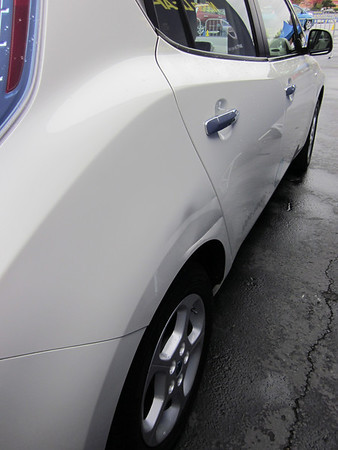csriram45
Well-known member
Considering the Leaf is starting to show up in owners driveways, I was curious what happens when one meets with an accident.
I hope no one gets seriously injured but the car would need to be take to a body shop and will they be able to order the parts and have the equipment to fix it? What happens if the charger in the car is damaged. Without being able to charge you can not test anything else.
How is this issue going to be addressed?
I hope no one gets seriously injured but the car would need to be take to a body shop and will they be able to order the parts and have the equipment to fix it? What happens if the charger in the car is damaged. Without being able to charge you can not test anything else.
How is this issue going to be addressed?




